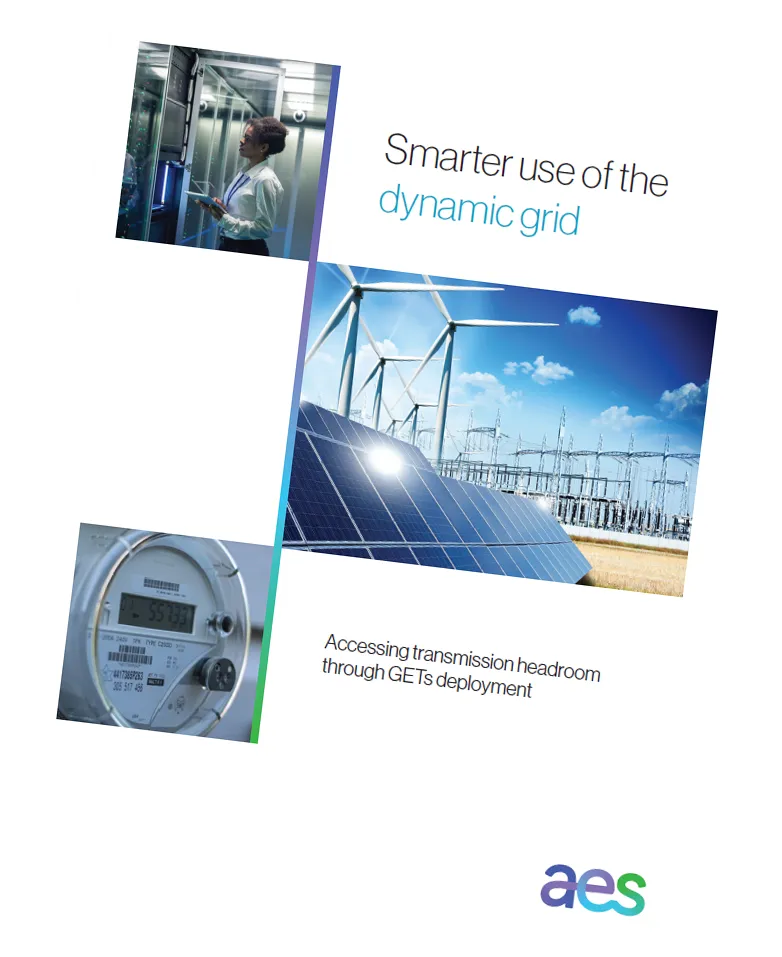GETing Ahead: Leveraging the Dynamic Grid
In the evolving landscape of the energy sector, the integration of innovative technologies is paramount to achieving our collective goals of sustainability, reliability and efficiency.
The rapid growth of load-consuming assets, alongside increasing electricity demand, necessitates the modernization of the electrical grid. This is further compounded by the changing location of load and supply, increasing demand for efficient and green electricity sources. However, conventional grid planning and modeling processes are manual and based on outdated concepts; this leads to significant challenges in managing transmission capacity and congestion. As a result, there is a pressing need for innovative solutions like Grid-Enhancing Technologies (GETs) to facilitate flexible asset management, accommodate renewable energy integration and optimize grid operations. Despite recognition of the need for change, traditional approaches to grid investment remain prevalent, highlighting the urgency for a shift towards more dynamic and cost-effective solutions.
At AES, we stand at the forefront of this transition, spearheading the adoption and advancement of GETs to shape the future of energy distribution and management. GETs represent a crucial component in our toolkit for navigating the complexities of the modern energy ecosystem. These technologies offer solutions that enable us to optimize grid performance, enhance operational efficiency and facilitate the seamless integration of renewable energy resources.
There are four commercially available GETs that stand out for their transformative potential:
- Topology Optimization: By leveraging advanced algorithms, topology optimization allows us to dynamically reconfigure grid topology to minimize losses, improve reliability and enhance overall performance.
- Advanced Power Flow Control: This technology empowers grid operators with real-time control capabilities, enabling precise management of power flows to alleviate congestion, optimize voltage levels and enhance grid stability.
- Dynamic Line Rating: Through the implementation of dynamic line rating systems, we can maximize transmission capacity by continuously monitoring environmental conditions and dynamically adjusting line ratings accordingly.
- Storage as Transmission: By harnessing the capabilities of energy storage systems, we can effectively utilize excess renewable energy to support grid operations, enhance flexibility and mitigate variability.
As we look to the future, AES remains committed to driving innovation and progress within the energy industry through collaboration. That’s why we hope to share our learnings and insights, building bridges that lead to partnerships and accelerated solution implementation.
GETs will play a pivotal role in shaping the energy landscape of tomorrow. Let's harness the power of technology to usher in a new era of sustainable energy solutions, one grid-enhancing innovation at a time.

